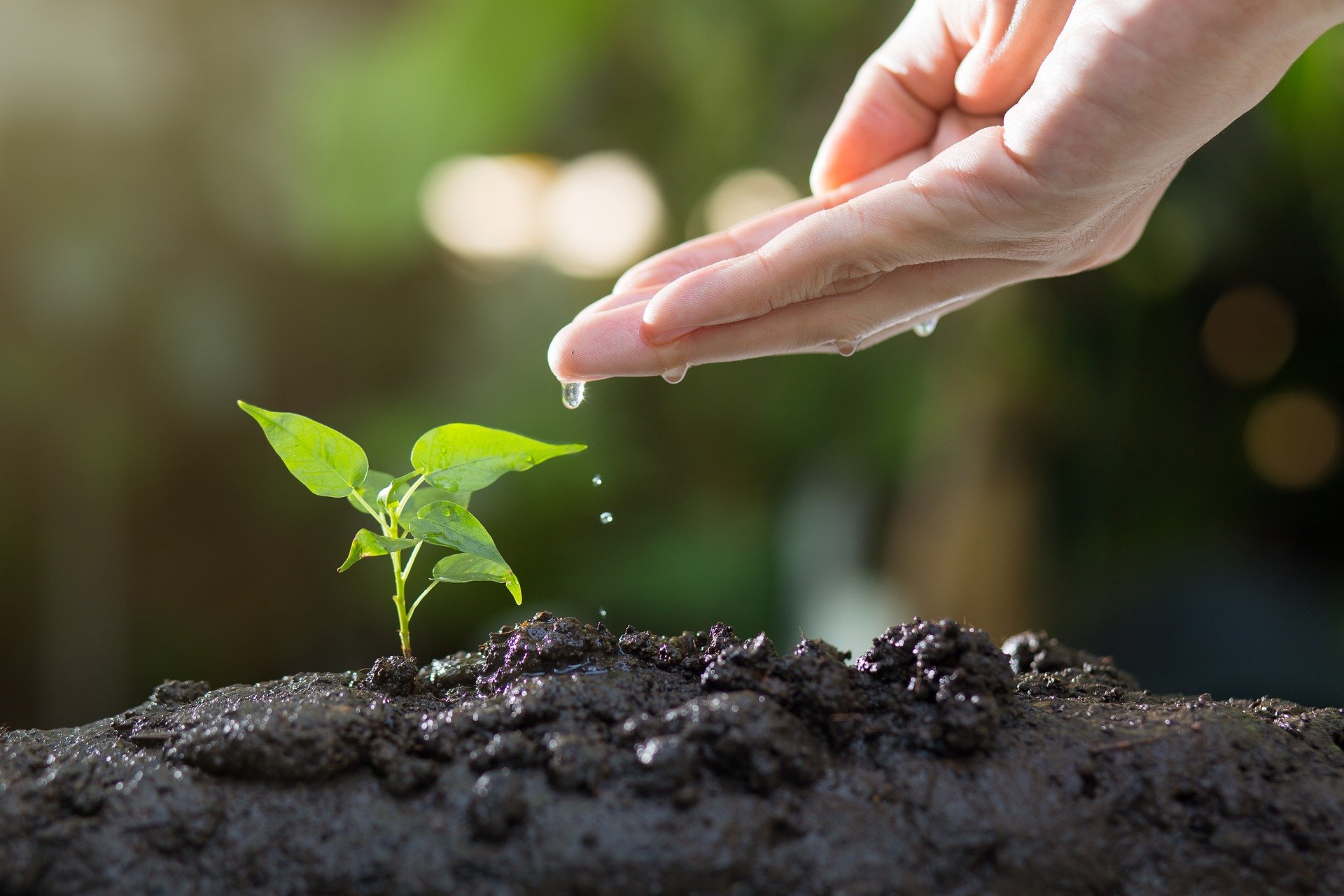Smart Irrigation Tactics to Cut Water Use Without Sacrificing Growth
Reducing outdoor water use is possible without compromising plant health or landscape goals. By combining careful irrigation scheduling, soil-focused practices, and plant choices suited to local conditions, households can maintain vibrant gardens while using significantly less water. This article outlines practical approaches—from mulching and composting to smart controllers and xeriscaping principles—that fit renovation or landscaping projects and support long-term sustainability.

Healthy soil and thoughtful water management are the foundation of water-wise gardens. By improving soil health, selecting appropriate plants, and adjusting irrigation schedules, you can preserve growth while cutting water use. These strategies fit renovation and landscaping plans, and they scale from containers and indoor plants to larger yards. The following sections cover practical techniques—mulching and composting, xeriscaping, smart irrigation technology, hardscaping integration, and pest management—along with seasonal maintenance tips to sustain performance.
How does irrigation affect soil health and sustainability?
Irrigation frequency and method shape root depth and soil structure. Shallow, frequent watering encourages surface roots and higher water demand; deeper, less frequent irrigation promotes deeper roots and better drought resilience. Improving soil with organic matter increases water-holding capacity and reduces runoff. Combine moisture probes or sensors with early-morning watering to minimize evaporation. These practices support sustainability goals by lowering potable water use and improving long-term site resilience during renovation or landscaping projects.
How do mulching and composting conserve water?
Mulching and composting work together to reduce evaporation and boost soil moisture retention. A 2–4 inch layer of organic mulch suppresses weeds and keeps soil temperatures stable; keeping mulch away from stems prevents rot. Regularly incorporating compost during seasonal maintenance improves soil aggregation and encourages beneficial microbes, which in turn increase the soil’s ability to hold water. Both techniques reduce the need for supplemental irrigation and support healthier perennials and native plants.
Can xeriscaping and native plants cut watering needs?
Xeriscaping emphasizes plant selection, efficient irrigation, and soil preparation to minimize water demand. Choosing drought-tolerant perennials and native plants adapted to local climates lowers lifetime watering needs and helps pollinators. Group species by water needs (hydrozoning) so irrigation delivers targeted amounts. Replacing portions of lawn with groundcovers, mulched beds, or hardscaping features reduces overall landscape water use while maintaining visual and functional value in landscaping designs.
How to align renovation, landscaping, and hardscaping?
Integrating grading, drainage, and hardscaping during renovation can capture and reuse rainwater. Permeable paving, rain gardens, and swales direct runoff to planted areas, reducing reliance on irrigation. Hardscaping that creates shade or windbreaks can lower evaporation from adjacent beds. Before completing any major landscaping or hardscaping changes, update irrigation zones and schedules so newly altered areas receive appropriate water without waste, optimizing both performance and aesthetics.
Which smart irrigation tech and seasonal maintenance help?
Smart controllers, soil moisture sensors, and flow meters tailor watering to real conditions rather than fixed hours. Many controllers pause or adjust schedules after rainfall and allow seasonal maintenance programming. Drip irrigation and soaker hoses deliver water to roots with minimal loss. Regular seasonal maintenance—inspecting emitters, repairing leaks, and adjusting run times—ensures systems stay efficient. Even small sites benefit from sensor-based checks that prevent overwatering of indoor plants and outdoor beds alike.
How to support perennials, pollinators, and pest management?
Water-wise landscapes should also promote biodiversity and reduce pest pressure. Selecting perennials and native plants adapted to your area supports pollinators and reduces stress-related pest issues. Healthy soil from composting and mulching fosters resilient plants that need less corrective watering and fewer chemical interventions. For pest management, favor cultural controls and targeted monitoring; upcycling materials for mulch or habitat features can provide shelter for beneficial insects while conserving water.
Conclusion Combining soil-focused practices, efficient irrigation methods, appropriate plant choices, and thoughtful landscape design allows gardeners to reduce water use without sacrificing plant growth. Implementing mulching, composting, xeriscaping principles, smart irrigation technology, and consistent seasonal maintenance contributes to durable, biodiverse outdoor spaces suited to both small-scale renovation projects and larger landscaping efforts.





